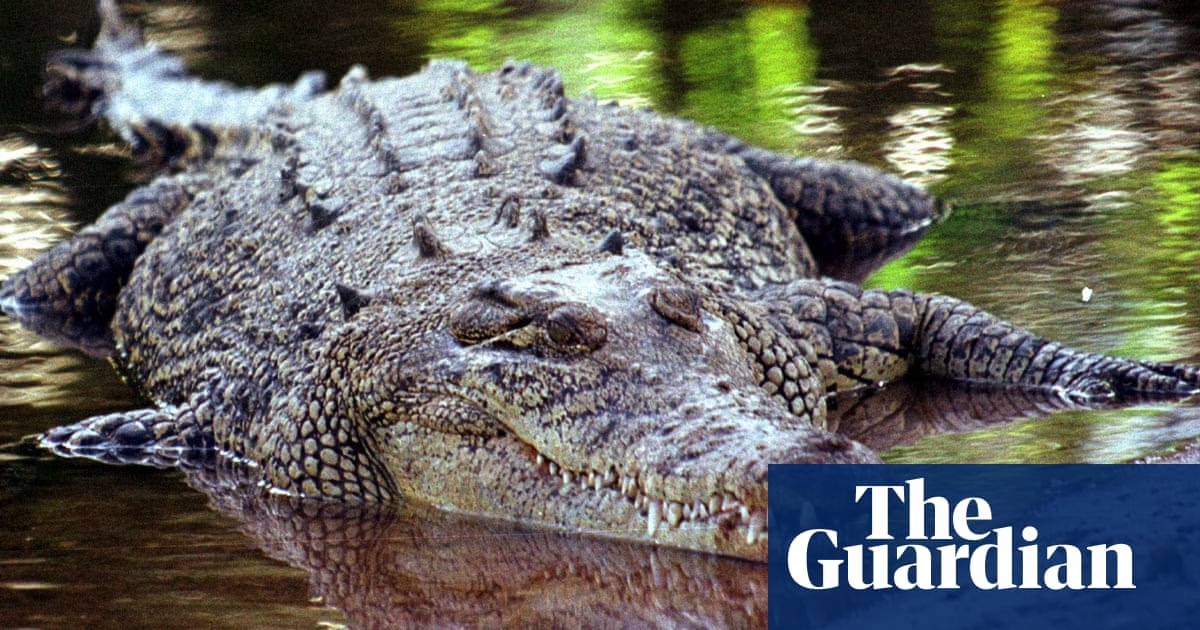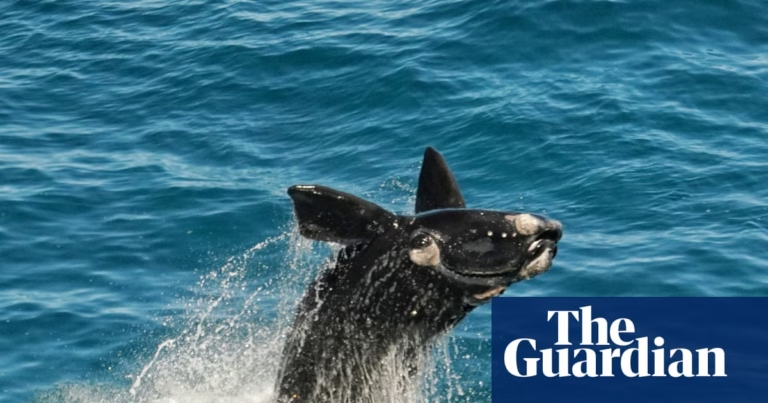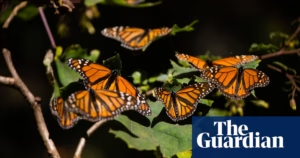The growing population of saltwater crocodiles in the Northern Territory has led to a significant increase in their prey consumption, with these apex predators now eating nine times more than they did 50 years ago. Research suggests that this growth in population has contributed valuable nutrients to the area’s waterways.
Over the past few decades, saltwater crocodile numbers have surged from less than 3,000 in 1971 to over 100,000 today. In 1979, these crocodiles consumed less than 20kg of prey per square kilometer of wetland, but by 2019, this figure rose to about 180kg per square kilometer. This information is based on 50 years of data collected by the Northern Territory government, detailing crocodile size and density.
Professor Hamish Campbell of Charles Darwin University, who led the research, points out that while crocodiles are ectothermic (or “cold-blooded”), and thus consume less prey than endothermic apex predators, their high biomass means they have substantial environmental impacts. He notes that their consumption and excretion rates are comparable to or even surpass those of terrestrial warm-blooded populations like lions in the Serengeti or wolves in Yellowstone.
The research highlights that the diet of crocodiles has shifted from primarily aquatic to mostly terrestrial prey. Their consumption of nutrient-rich land animals, such as feral pigs, cattle, and water buffalo, has significantly increased the amount of nitrogen and phosphorus excreted into Northern Territory waterways—186-fold for nitrogen and 56-fold for phosphorus over the last 50 years. This input of nutrients can have major effects on aquatic food chains, particularly affecting phytoplankton and zooplankton productivity.
The paper detailing this research was published in the journal “Proceedings of the Royal Society B.”
Source: https://www.theguardian.com/environment/2025/mar/12/northern-territory-growing-saltwater-crocodile-population-gorging-on-nine-times-more-prey-than-50-years-ago








